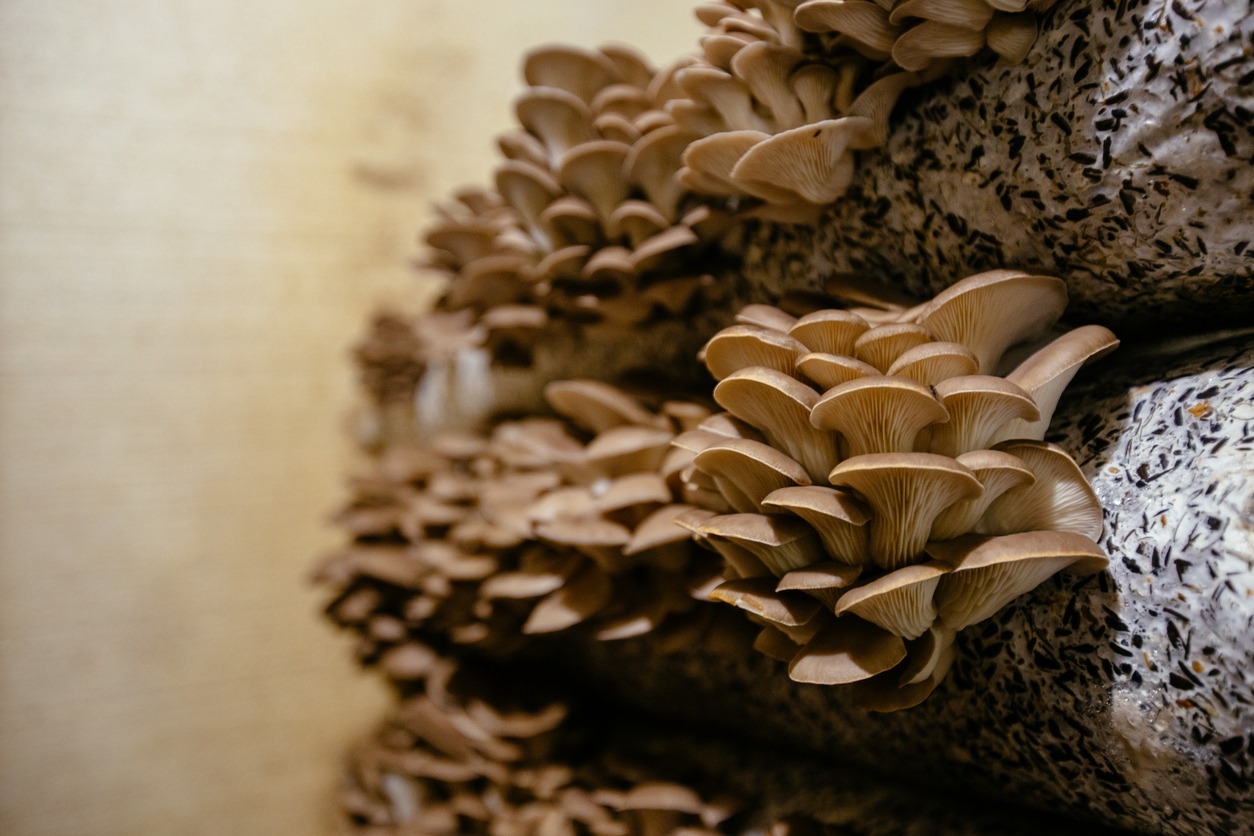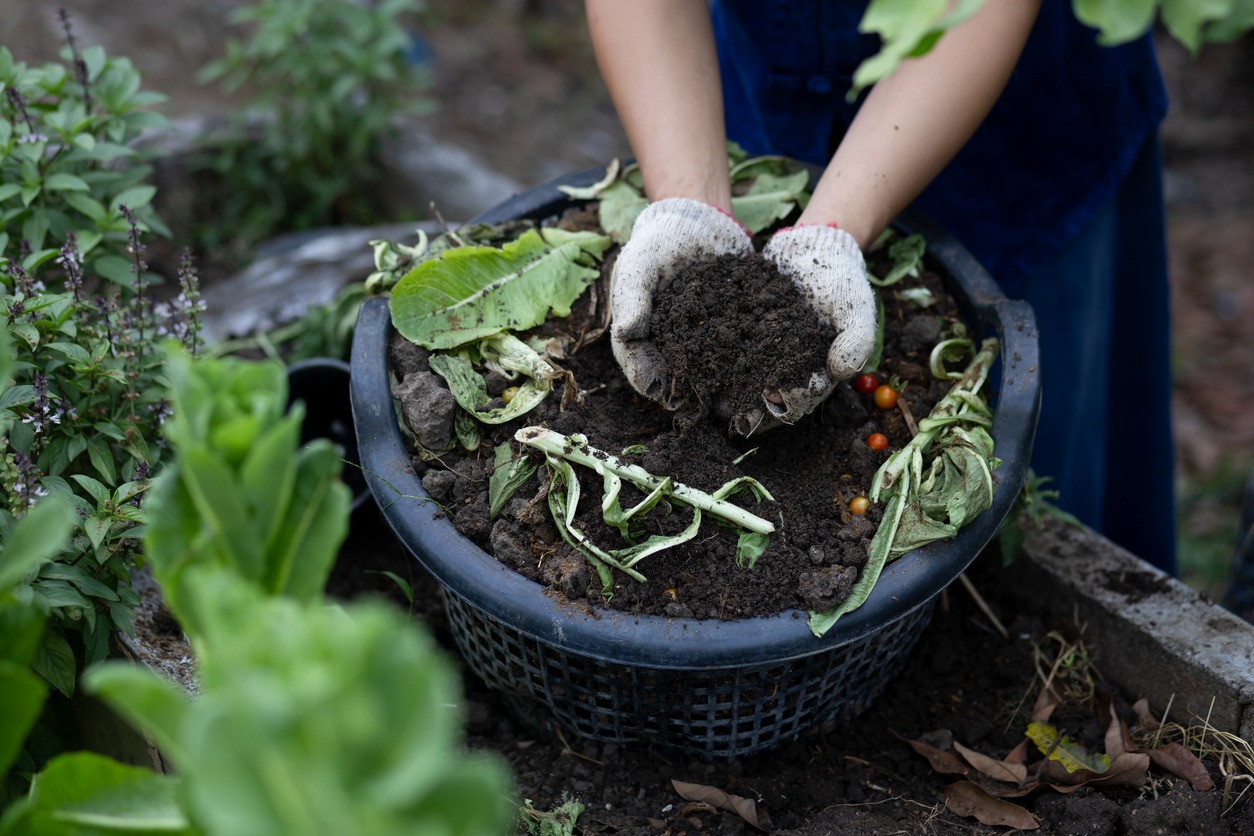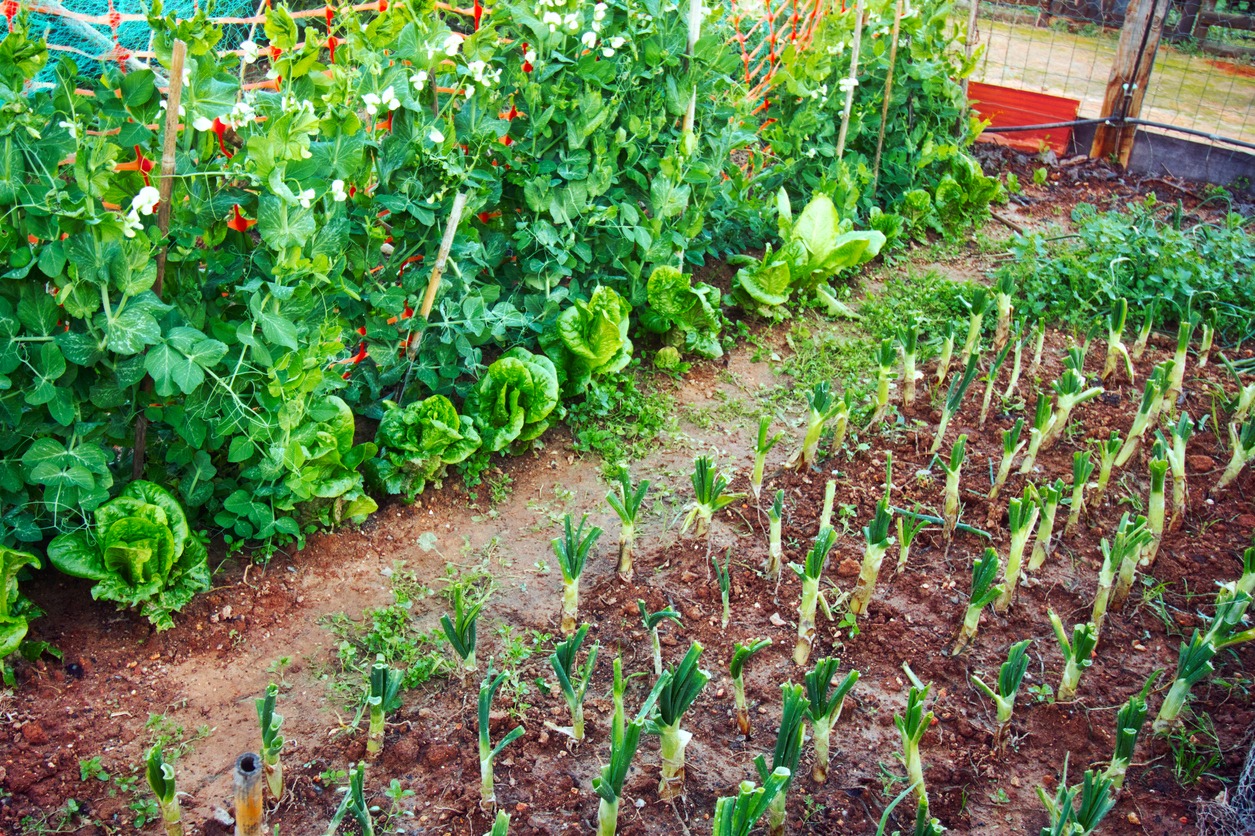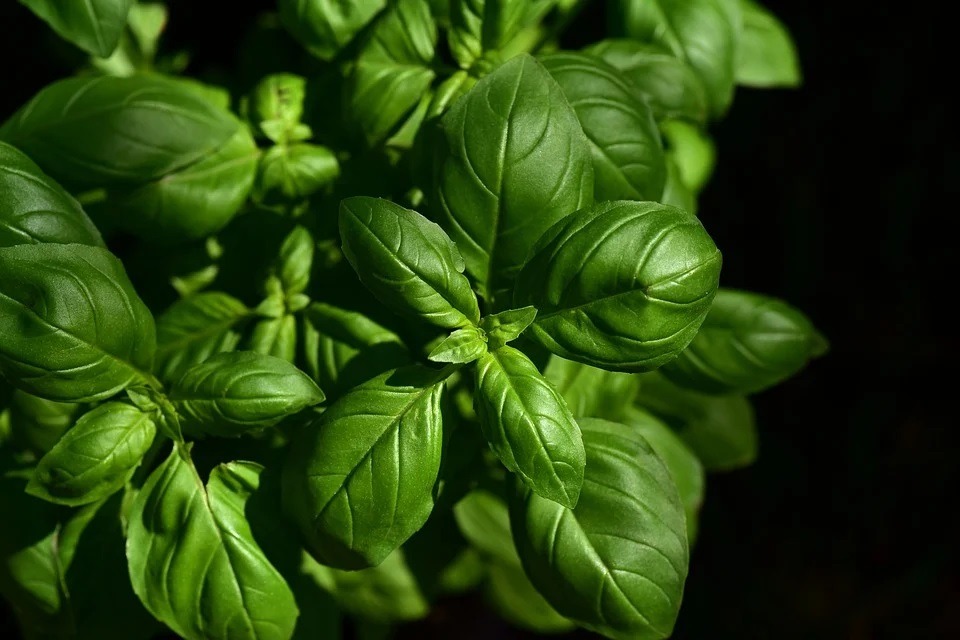When to Harvest Potatoes: A Gardener’s Guide to Perfect Timing
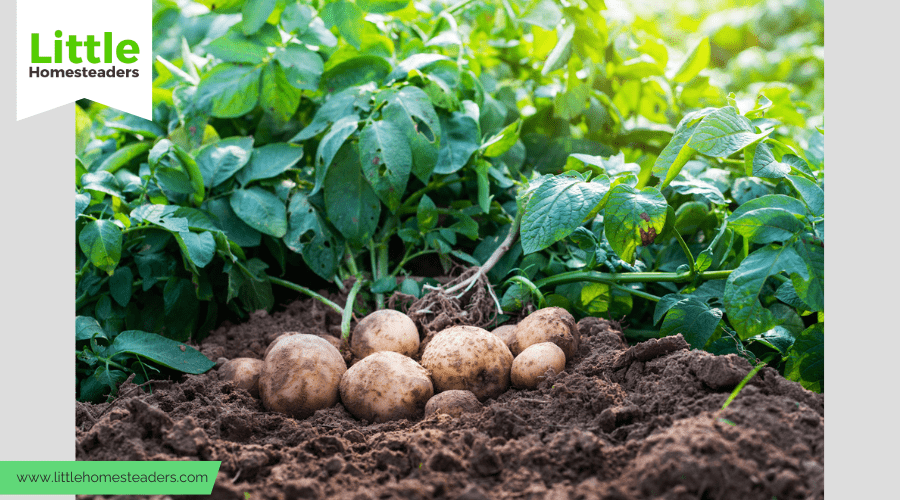
Potatoes are a staple in many kitchens, prized for their versatility and long shelf life. Growing them in your garden can be equally rewarding. Whether you’re a seasoned gardener or a curious beginner, knowing when to harvest potatoes is key to enjoying a plentiful, delicious crop. This guide will walk you through the process, offering tips and tricks to ensure success.
Why Timing Matters
Timing your potato harvest isn’t just about convenience—it directly affects the flavor, texture, and storage potential of your crop. Harvesting too early can leave you with underdeveloped potatoes, while waiting too long may expose them to frost or pests. Proper timing ensures that your hard work in the garden translates into a healthy and satisfying yield.
Historically, potatoes have been a cornerstone of self-sufficient living. They’re one of the most adaptable crops, thriving in a variety of climates and conditions. However, they’re not immune to environmental challenges. Factors like frost dates and soil conditions play a crucial role in determining the best harvest time, particularly if you’re growing potatoes in climates with shorter growing seasons. Additionally, timing your harvest impacts how well your potatoes store over the long term. By harvesting at the right moment, you can avoid common issues such as premature sprouting or mold, ensuring your efforts pay off in the kitchen.
New Potatoes vs. Storage Potatoes
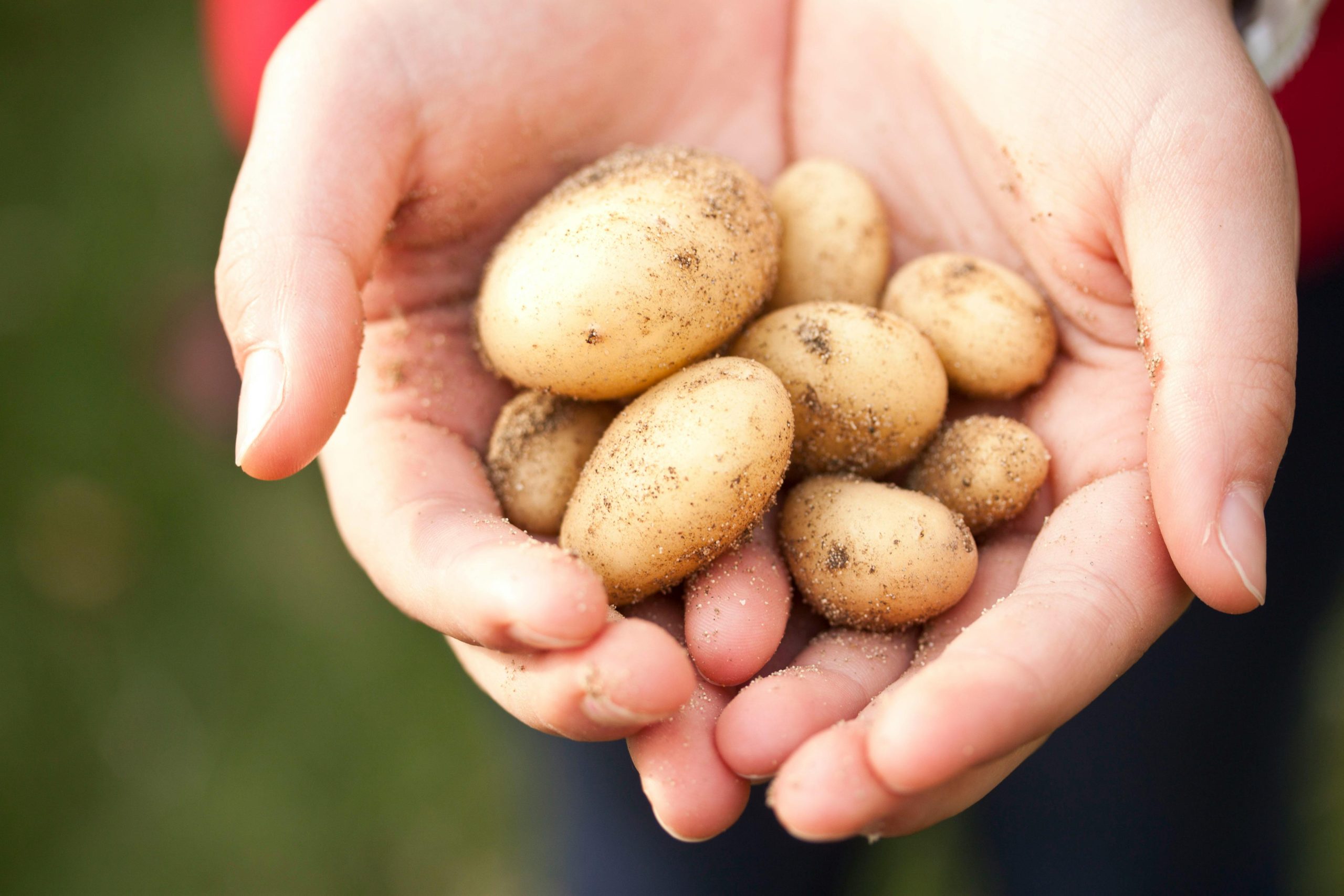
Potatoes fall into two broad categories when it comes to harvesting: new potatoes and storage potatoes. Each type offers unique benefits and requires different timing.
New Potatoes
- Characteristics: Small, thin-skinned, and tender, new potatoes are a summertime treat. Their delicate skin means they don’t store well but are perfect for fresh eating. These are often the potatoes you’ll use for creamy salads or sautéed side dishes, where their tender texture and mild flavor shine.
- Harvest Timeline: 55 to 110 days after planting, depending on the variety. Early-harvest varieties like Red Norland are popular choices for new potatoes.
- When to Harvest: Look for plants that have flowered but haven’t started dying back. Gently dig around the base to check for small, edible potatoes. Because their skins are so delicate, new potatoes should be handled with extra care during harvesting to prevent damage.
Storage Potatoes
- Characteristics: Larger with thicker skins, storage potatoes are built to last through the winter months. These potatoes are excellent for mashing, baking, and frying, making them a versatile kitchen staple.
- Harvest Timeline: 120 to 150+ days after planting. Varieties like Russet and Yukon Gold are well-suited for storage.
- When to Harvest: Wait until the foliage has completely yellowed and died back. This signals that the potatoes have fully matured and are ready for storage. Leaving them in the ground for a couple of weeks after the plants die back can further thicken their skins, improving their storage potential.
Signs Your Potatoes Are Ready
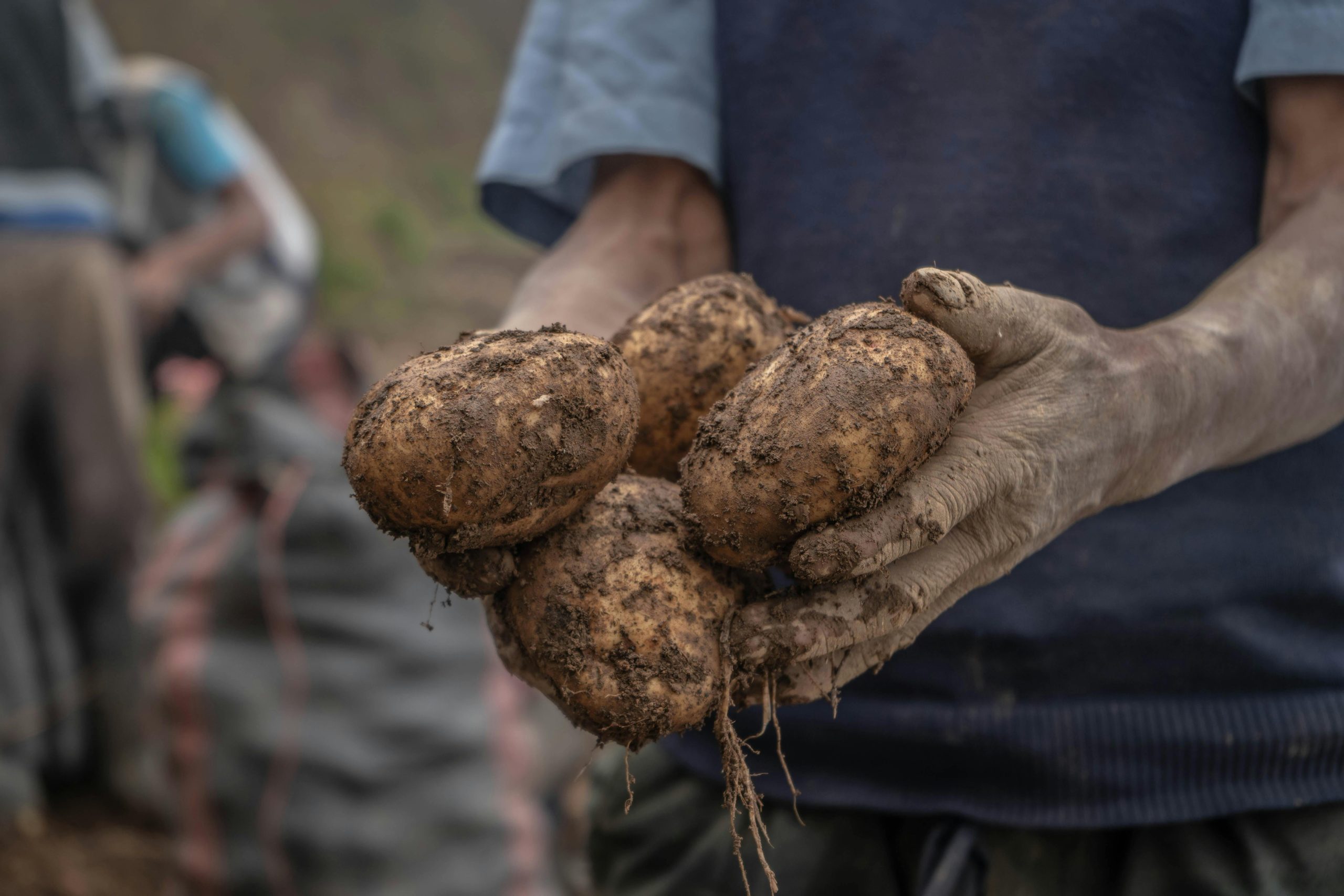
Recognizing the signs that your potatoes are ready for harvest is crucial. Here are a few indicators:
- For New Potatoes: Look for blooming flowers. This is a sign that small potatoes are forming underground. You can gently dig around the plant to check their size. If they’re about the size of a golf ball, they’re ready to harvest.
- For Storage Potatoes: Wait for the foliage to yellow and wither. This usually happens two to three weeks after flowering. Additionally, the soil around the base of the plant may begin to crack, indicating that larger potatoes are forming underneath.
- Seasonal Clues: Be mindful of frost dates in your area. Potatoes left in the ground too long can be damaged by frost, especially in colder climates. In warmer zones, you may have more flexibility to stagger your harvest.
Tools and Supplies for Harvesting
Having the right tools can make potato harvesting a smooth and enjoyable process. Here’s what you’ll need:
- Buckets or Crates: For collecting and storing your harvest. These should be sturdy and well-ventilated to prevent moisture buildup.
- Broadfork or Garden Fork: To loosen the soil without damaging the potatoes. A broadfork works well for larger plots, while a garden fork is ideal for smaller areas.
- Drying Screens or Cardboard: For curing potatoes before storage. These materials allow air circulation and help prevent moisture from accumulating.
- Storage Containers: Crates, cardboard boxes, or mesh bags work well for long-term storage. Ensure they are pest-proof and allow for proper airflow.
- Protective Gear: Gloves can be helpful, especially if your soil is rocky or if you’re dealing with large quantities of potatoes.
How to Harvest Potatoes
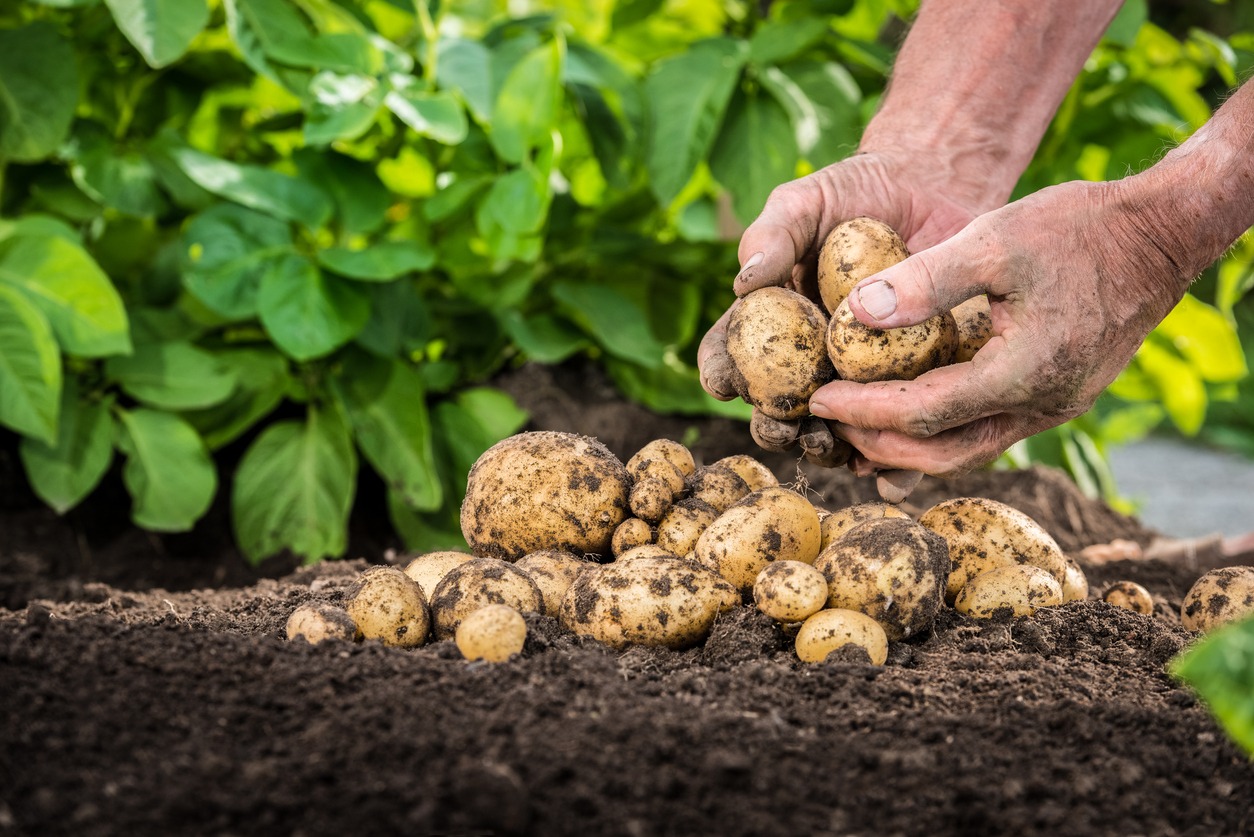
Harvesting potatoes is both an art and a science. Follow these steps for the best results:
- Choose the Right Day: Pick a dry, overcast day if possible. Wet conditions can lead to muddy potatoes and increase the risk of rot. Ideal temperatures for harvesting are between 50°F and 70°F.
- Loosen the Soil: Use a broadfork to gently loosen the soil around the plant. Insert the tool several inches away from the base to avoid piercing the potatoes. For container-grown potatoes, simply dump the soil onto a tarp and sift through it by hand.
- Lift the Potatoes: Once the soil is loosened, use your hands to lift the potatoes out of the ground. Brush off excess soil, but don’t wash them yet. Washing before curing can introduce excess moisture, which may lead to rot during storage.
- Sort and Inspect: Separate any damaged or small potatoes. Use these first, as they won’t store well. New potatoes should be eaten within a week or two, while storage potatoes can last for months if properly cured and stored.
- Cure for Storage: Lay the potatoes out on drying screens or cardboard in a cool, dark, and ventilated space for 1 to 2 weeks. This process helps to thicken the skin and heal minor blemishes, extending their shelf life. Avoid stacking them too high, as this can impede airflow and lead to mold growth.
Storing Potatoes
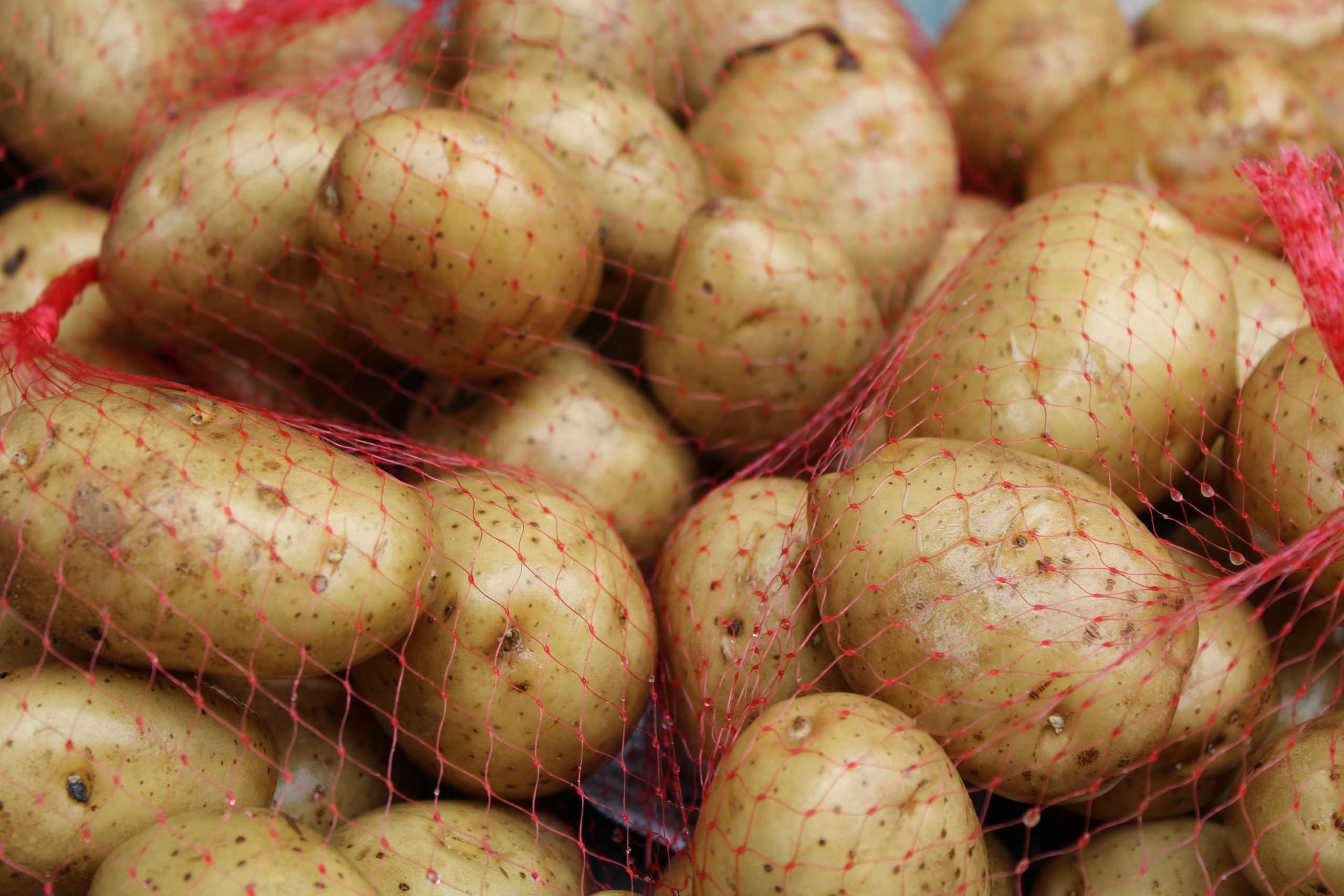
Proper storage is essential to keep your potatoes fresh for months. Here’s how to do it:
- Ideal Conditions: Keep the potatoes in a cool (45°F–55°F), dark, and dry place with good airflow. Avoid areas with high humidity or fluctuating temperatures, such as near heating vents or drafty windows.
- Avoid Sunlight: Exposure to sunlight can turn potatoes green and cause the production of solanine, a compound that’s bitter and potentially harmful. Store them in opaque containers or a completely dark room.
- Monitor Regularly: Check your stored potatoes every few weeks for signs of rot or sprouting. Remove any affected ones to prevent spoilage.
- Long-Term Options: For those with large harvests, consider canning or dehydrating potatoes to extend their usability.
Practical Tips for Success
- Urban Gardening: If you’re growing potatoes in containers, harvesting is as simple as dumping the soil and sifting through it for tubers. Use fabric grow bags or sturdy pots with good drainage for best results.
- Composting Damaged Potatoes: Don’t throw away green or damaged potatoes. Add them to your compost pile to enrich your garden soil.
- Multiple Harvests: In warmer climates, stagger your planting to enjoy multiple harvests throughout the year. Plant early-maturing varieties first, followed by mid- and late-season types.
- Crop Rotation: To prevent soil-borne diseases, avoid planting potatoes in the same spot for consecutive years. Rotate them with legumes or leafy greens.
- Pest Management: Keep an eye out for common potato pests like Colorado potato beetles and wireworms. Early detection and treatment can save your crop.
FAQs About Potato Harvesting
What happens if I harvest too early? You’ll get smaller, underdeveloped potatoes that may not store well. However, they’re still edible and delicious when cooked fresh. Early harvesting can also make room for planting another crop in the same season.
Can I eat green potatoes? Green potatoes contain solanine, which can be toxic in large quantities. It’s best to avoid eating them. If only a small part of the potato is green, you can cut it off and use the rest.
Which potato varieties store the longest? Russets and Yukon Gold are popular choices for long-term storage due to their thick skins and resistance to sprouting. Fingerling potatoes, while delicious, are better suited for short-term use.
Conclusion
Harvesting potatoes is one of the most satisfying experiences in gardening. From digging into the soil to uncover hidden treasures to enjoying the fruits of your labor in the kitchen, it’s a rewarding journey. By understanding the differences between new and storage potatoes, recognizing harvest signs, and following proper storage techniques, you’ll set yourself up for success.
Whether you’re growing potatoes in a large garden or a small container, the principles remain the same. With a little care and attention, you can enjoy a bountiful harvest and the satisfaction of homegrown food. Ready to take the next step? Download our free guide, “5 Steps to a Self-Sufficient Garden,” and start growing with confidence!

